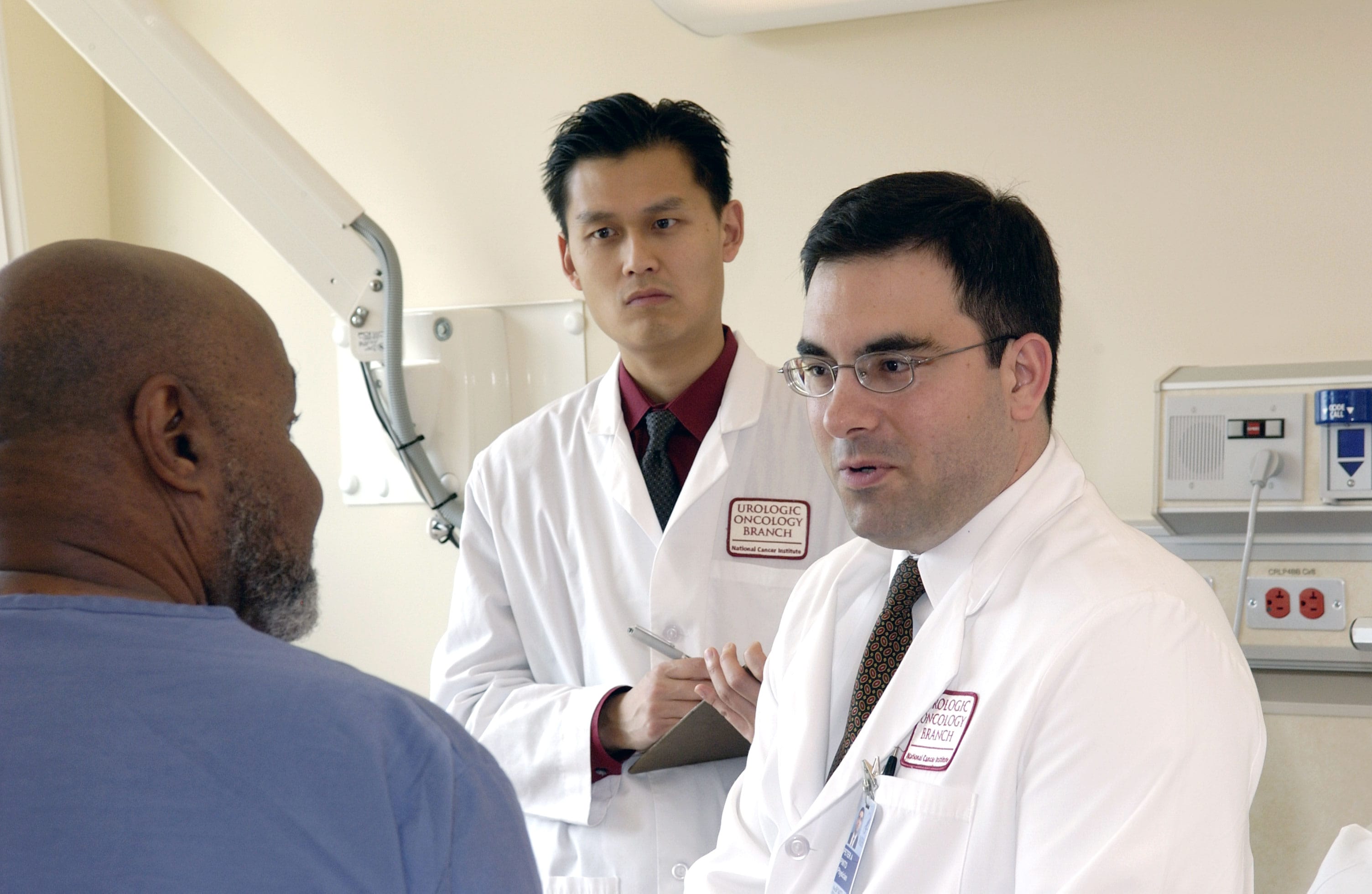The Continuous Treatment Doctrine Can Help Victims Of Medical Malpractice In New York
Laws
Under New York Law the statute of limitations for medical malpractice cases begins to run from the date the malpractice occurred rather than when the victim discovered the malpractice. The time the victim has to start a claim begins to run whether or not they knew the malpractice occurred. Unfortunately, many victims will not discover their injury until the statute of limitations has already passed, leaving victims without remedy. Some are trying to changes this through Lavern’s Law, which will change the statute of limitations by applying discovery rule even in some cases that fall under the continuous treatment doctrine.
The continuous treatment doctrine can alleviate the burden of the statute of limitations through tolling. As long as a patient is receiving continuous treatment from the doctor for the same or related injury or illness that the malpractice resulted from, then the statute of limitations can be tolled. The statute of limitations does not begin to run until the treatment for the related injury or illness ends.
Continuous treatment is defined as regular sessions for the same condition between the patient and the doctor. There also needs to be actual treatment and the treatment cannot be terminated. Acts that can terminate treatment include beginning to receive treatment from a doctor other than the doctor who committed the malpractice. Exception to this can be made if the patient did not intend to sever the continuing relations with the defendant doctor. Once the patient leaves their last appointment and does not make another, the statute of limitations begins.
This doctrine protects patients, allowing them to continue corrective medical treatment and maintain the doctor-patient relationship without fear of failing to bring a medical malpractice action in a timely manner. Patients can wait until treatment has ended before bringing a lawsuit against the doctor who committed the medical malpractice.
